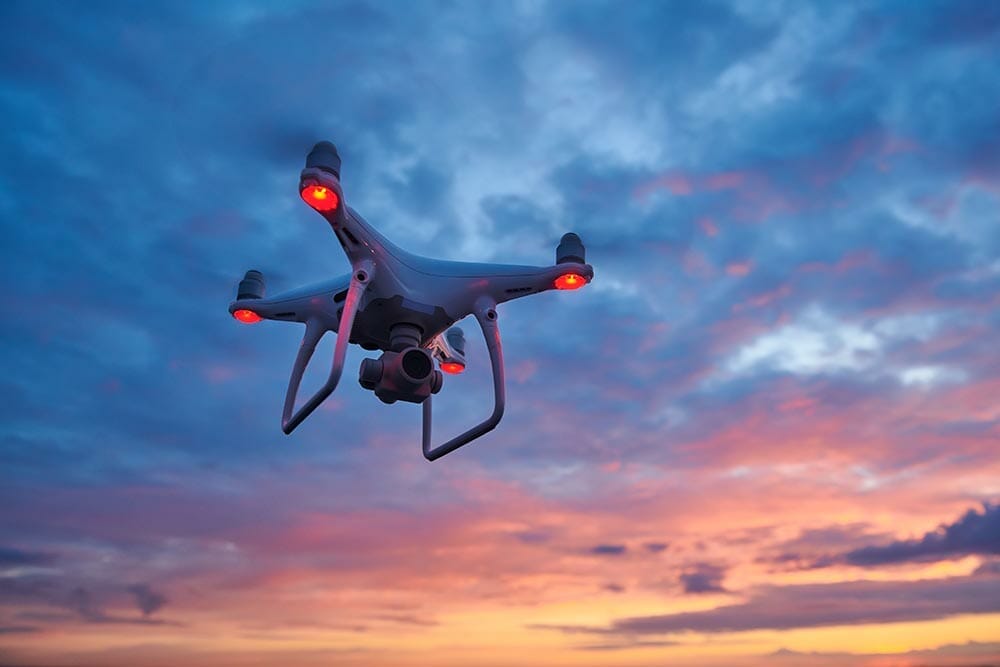Best Telescopes: Shocking Technology and Life-Changing Options
For professional photographers, the quest for the best telescopes is not just about capturing distant celestial bodies; its about unlocking a rich tapestry of visual storytelling that transcends traditional photography. This article is here to provide you with an in-depth look into the best telescopes available, their unique features, and how they can elevate your photographic journey.
With the advancement in technology, the options available today are nothing short of remarkable. Photographers are increasingly adapting telescopes not only for astrophotography but also for creative projects that demand precision and clarity.

Understanding Different Types of Telescopes
Before diving into the best options, it is vital to understand the types of telescopes available and which one aligns with your photographic style.
- Refractors: Ideal for nature photography, offering outstanding detail and contrast.
- Reflectors: Great for deep-sky imaging, known for their affordability and large apertures.
- Catadioptrics: Combines lenses and mirrors providing versatility for various photography needs.
Each of these types holds different technological advancements. For further reading on the specifics, you can refer to types of telescopes.
The Best Telescopes of the Year
Now lets review some of the best telescopes that have made headlines this year:
1. Celestron NexStar 8SE
With its compact design and advanced Go-To technology, the NexStar 8SE is perfect for professional photographers. Its 8-inch aperture guarantees incredible clarity and sharpness.
2. Meade Instruments LX90
Providing a broad field of view and lots of features tailored for imaging, the LX90 integrates smart technology, making it easier for photographers to track celestial events.
3. Sky-Watcher ProED 100
This refractor telescope is known for its high-quality optics and excellent color correction, delivering stunning images suitable for serious astrophotographers.
Technological Insights and Features
When investing in best telescopes, certain technological features are paramount. Key components include:
- Aperture: The diameter of the telescopes lens or mirror; a larger aperture allows more light, which results in better image quality.
- Mount Type: Equatorial vs. Altazimuth mounts can greatly affect how the telescope tracks celestial objects.
- Camera Compatibility: Ensure that the telescope can be easily paired with professional cameras for astrophotography.
Accessorizing Your Telescope for Perfect Shots
It's not just about the telescope itself; the right accessories can significantly enhance your photos. Here are essential accessories:
- Barlow Lens: Doubles the magnification, allowing broader scopes on celestial subjects.
- Filters: Use these to enhance contrast and reduce glare during daytime or evening photography.
- Mounting Adapters: Ensure compatibility between your camera and telescope for optimal performance.
Having the right accessories can make all the difference and push your imagery into new realms of creativity.
Photography Tips for Telescope Use
Making the most of your best telescopes requires technique and patience. Here are practical tips to consider:
- Planning: Research celestial events and plan your shoots ahead of time.
- Settings: Utilize manual settings on your camera for better control over exposure and aperture.
- Timing: Shoot during the 'golden hour' or around a full moon for best illumination.
Effective planning and proper camera settings will help you capture stunning images.
Frequently Asked Questions
What is the best telescope for beginners?
While there are numerous options, a 4-inch refractor is often recommended for beginners, as it provides ease of use and quality images.
Can I use a telescope for photography?
Absolutely! Many telescopes are designed for astrophotography and can be adapted to various camera models.
Are there any telescopes that are better for tracking objects?
Telescopes with equatorial mounts generally provide better tracking capabilities, especially for long-exposure photography.
For more tips on drone technology and photography, consider visiting drone photography tips.

Conclusion: The Journey Ahead
The best telescopes offer more than just optical magnification; they provide an emotional and artistic journey that can profoundly change how you perceive the night sky. Investing in a quality telescope equipped with the right technology can truly elevate your photography.
As you delve deeper into the world of celestial photography, keep exploring and experimenting with different techniques. With patience and practice, youll unveil breathtaking images that tell the stories of our universe.

